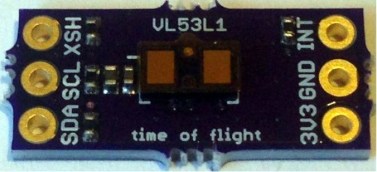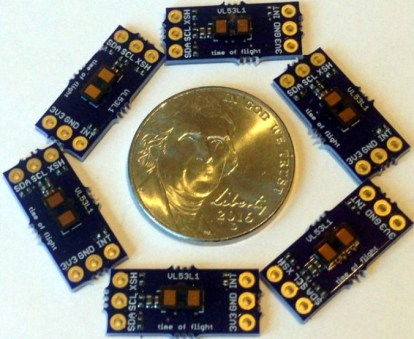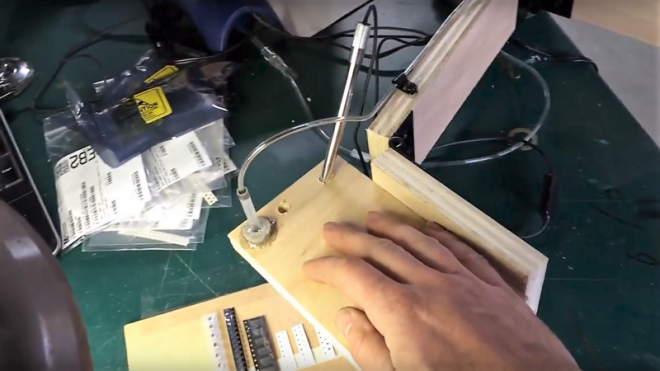Electrical engineer and PCB designer Andrew Sowa recently joined Chris Gammell on The Amp Hour podcast:
Episode #386 – An Interview with Andrew Sowa
- Andrew is a “KiCad artist”!
0h 2m 48s - Interview with Saar from Boldport
0h 5m 26s - The layers of PCBs provide a color palette
0h 7m 15s - SVGs are made using Inkscape or illustrator
0h 8m 27s - Chris uses Sketch (mac only)
0h 9m 14s - Andrew wrote a tutorial about how to render into 6 colors
0h 9m 42s - Crosshatch in color
0h 10m 26s - Flouresce under UV
0h 11m 32s - Benchoff badges
0h 12m 11s - Pumping Station: One
0h 12m 56s - Tour of Art Institute shops by Supplyframe
0h 14m 51s - His day job is fixtures for decorative lighting
0h 19m 55s - Working with Contract Manufacturers (Andrew later wrote about this)
0h 21m 34s - Pairing power supply and LED board
0h 22m 59s - Binning LEDs for color temp consistency
0h 24m 13s - Blackbody curve, mixing colors
0h 24m 59s - Driver for multiple color
0h 26m 54s - Commercial fixtures are variable voltage and current driven, but are about 36V output
0h 29m 37s - <70 Hz is epileptic issues
0h 31m 15s - 120Hz flicker drives CA regulations
0h 31m 28s - Andrew had a crowdfunding campaign for Faust, a high end LED fixture for growing plants
0h 32m 6s - This ran (and was unsuccessful in funding) on Indiegogo
0h 36m 5s - Chicago aquaponics
0h 39m 3s - Nat’l Geo article about growing food in greenhouses
0h 39m 26s - Teardown Portland
0h 43m 45s - Josh Lifton started Teardown
0h 44m 41s - Joe Grand will be giving a talk
0h 45m 11s - Bunnie will be giving a talk
0h 45m 18s - Chris will be giving a KiCad workshop as well at ToorCamp
0h 46m 27s - Andrew wrote a blog post about the art process
0h 47m 18s - Andrew will be going to OHS, Superconference
0h 48m 3s - 2018 Open Hardware Summit
0h 48m 51s - Whitney Merrill talking about Badgelife
0h 50m 15s - Kerry Sharfglass about building a badge
0h 52m 33s - Hackaday prize
0h 55m 10s - Andrew will be building a “Bus Tracker”
0h 56m 52s - Andrew was on “Call In show 3”
0h 58m 57s - Andrew writes for Supplyframe Hardware
1h 0m 24s - Follow Andrew on Twitter as @JunesPHD
1h 0m 41s













